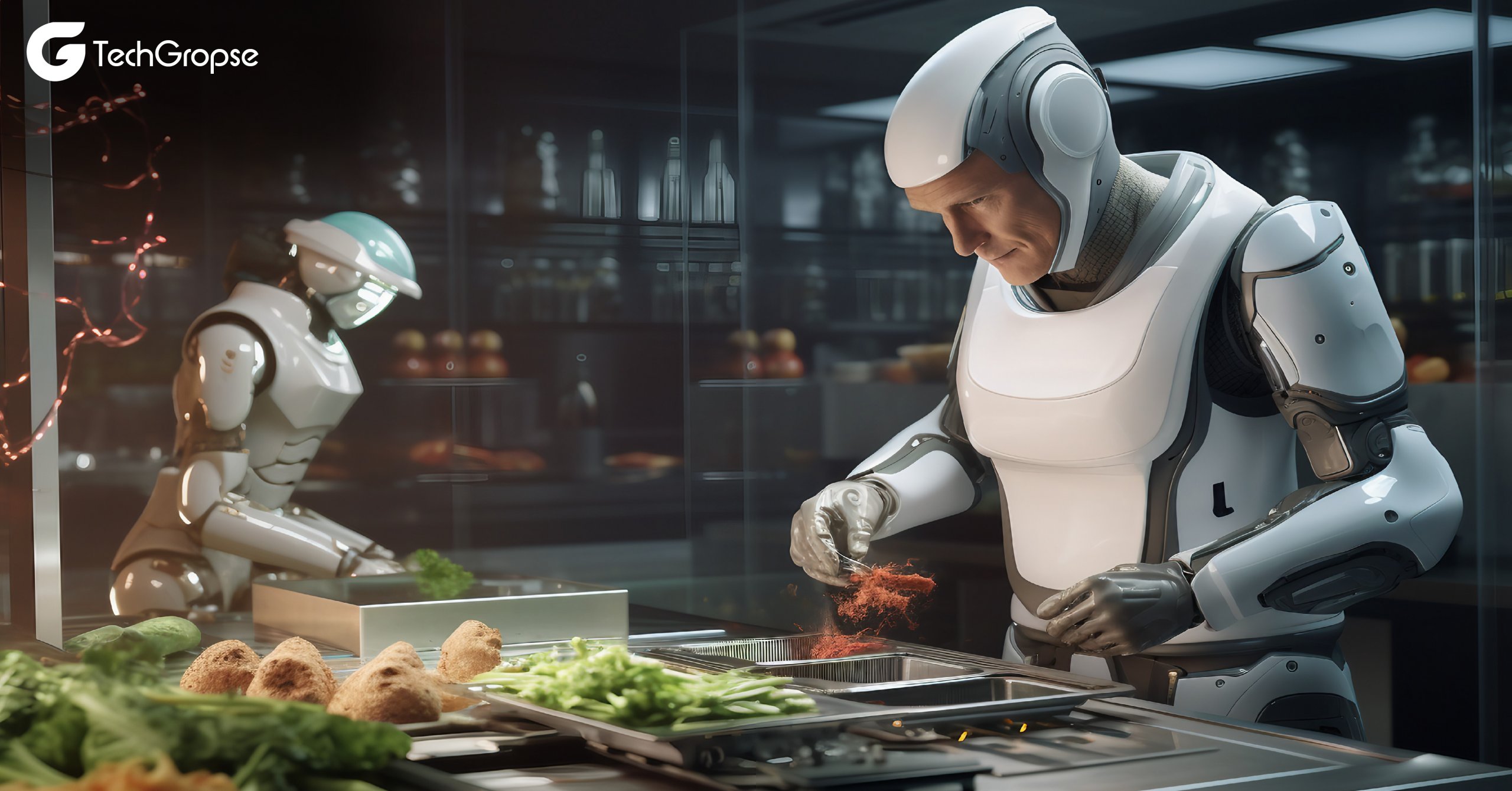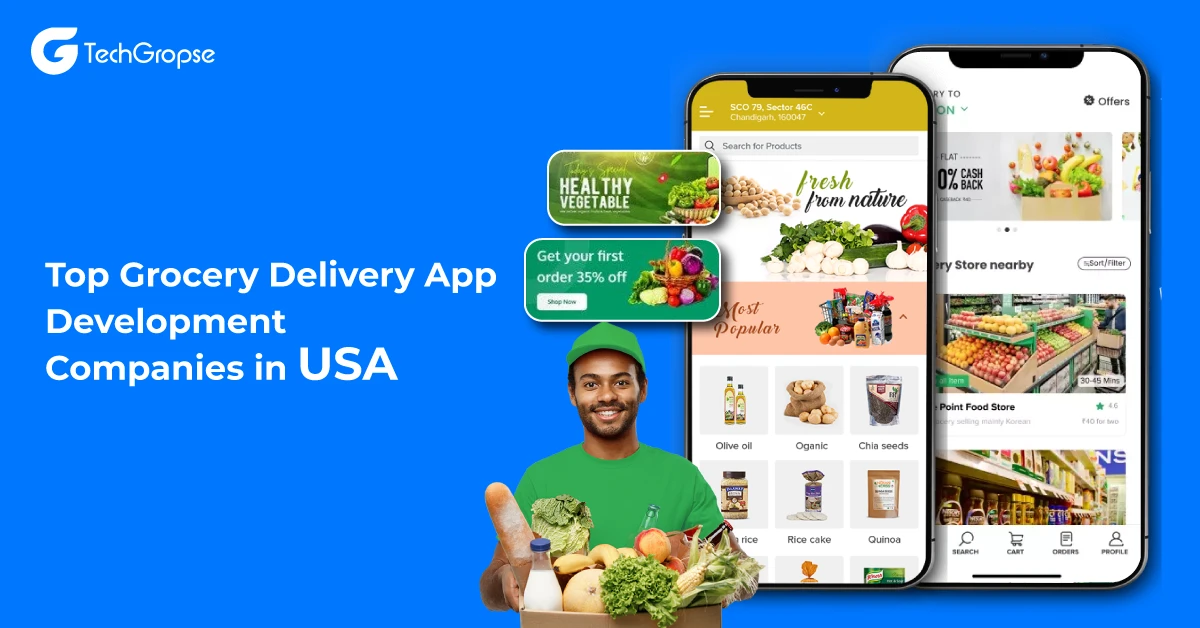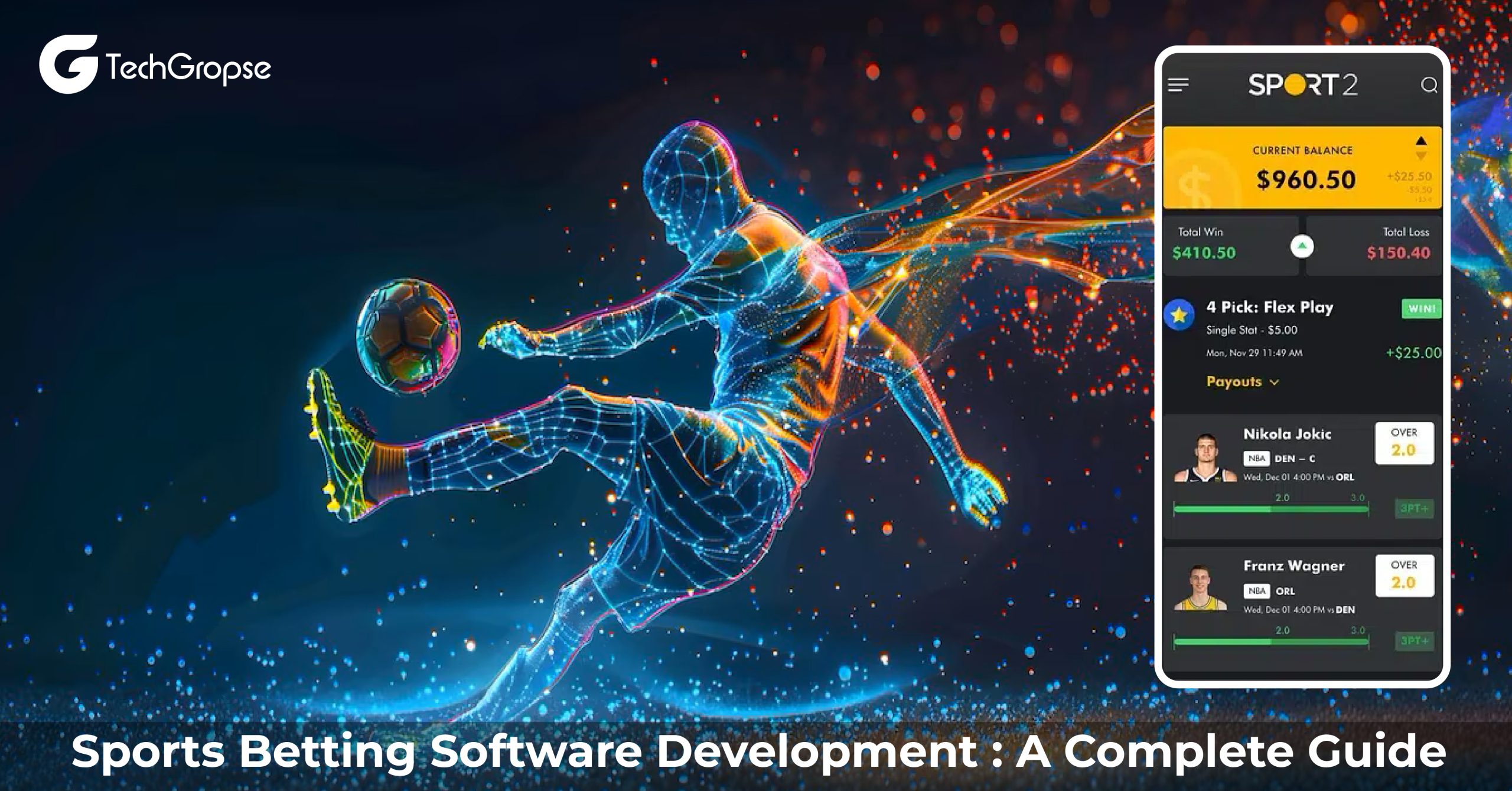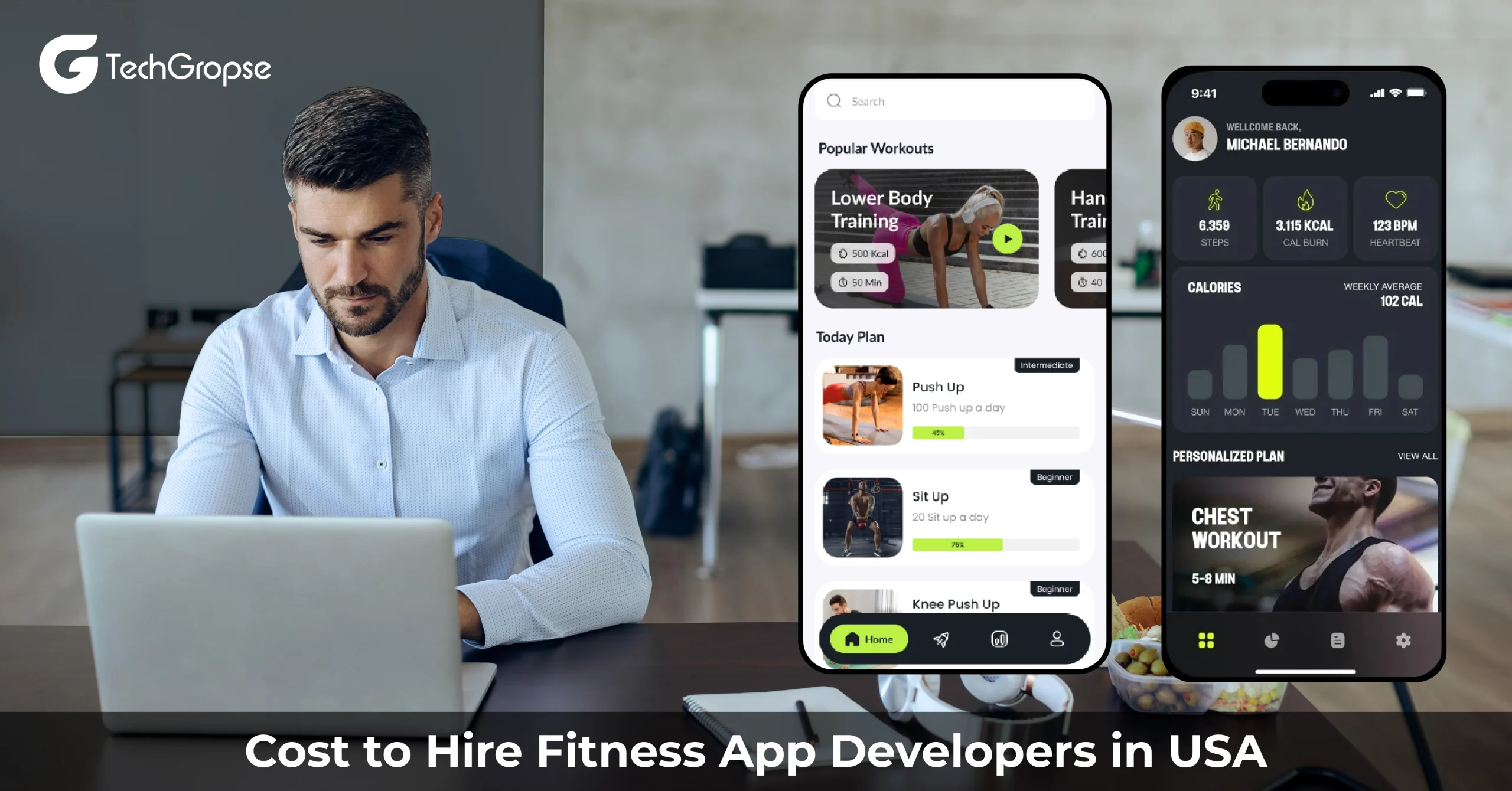Artificial Intelligence is the future and next generation we all were looking forward to. As we are all aware of the amazing technologies and how easy things have been since the introduction of AI for businesses as well as for individuals. In this blog, we will focus on the food delivery ai technologies and advancements that have changed the face of the food industry.
AI is focused on improving the features for their users like allowing them to personalise their options, better efficiency to do things, and sustainability as well. Let’s get an in-depth understanding of AI integrations and how its implementation works on changing the future of the food industry.
The Impact of Artificial Intelligence in Food Delivery
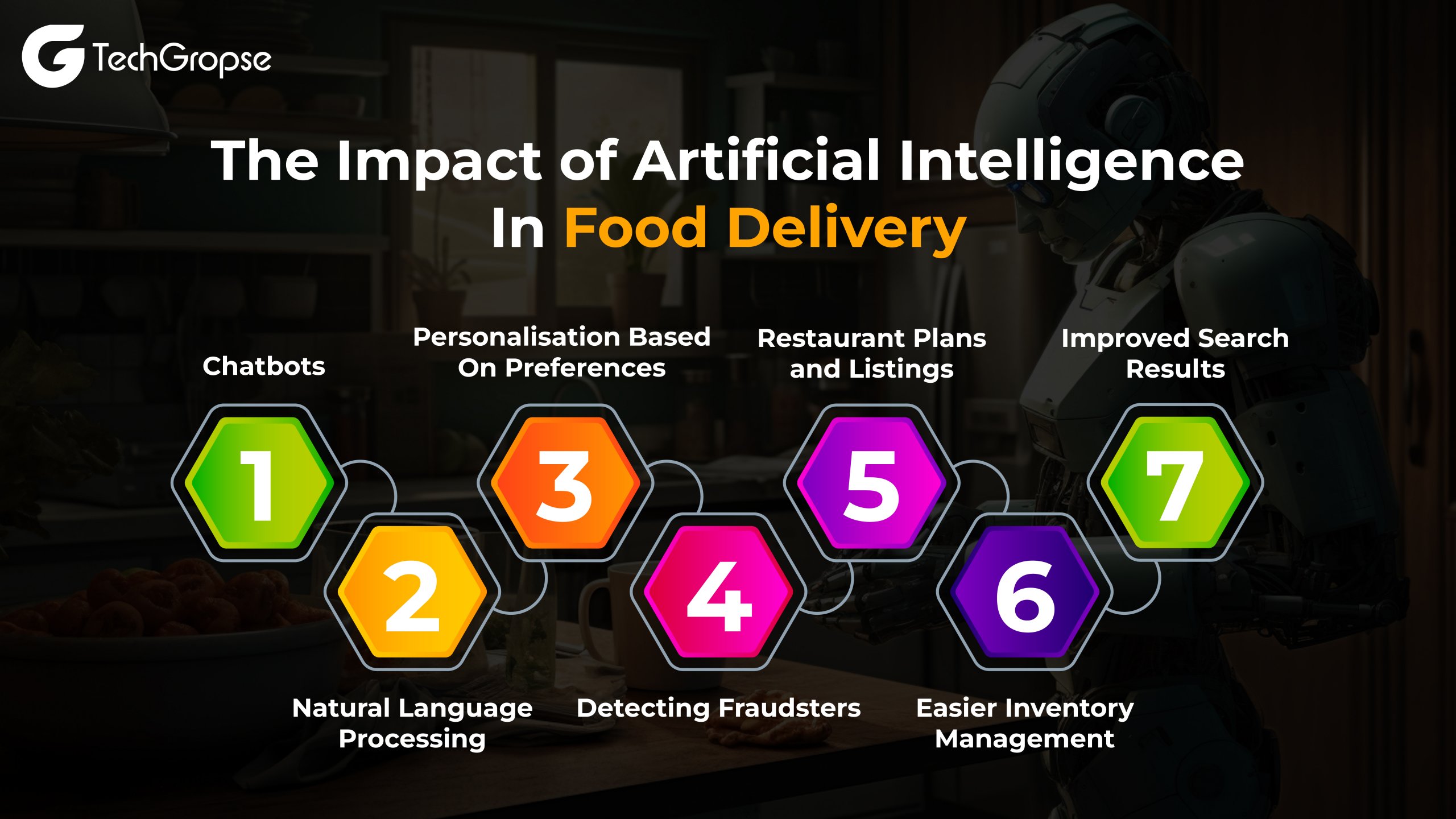
Artificial Intelligence has had a significant impact on the food industry. AI is transitioning the delivery apps in certain ways ensuring the customers have a smoother and better experience while ordering for food. Here are some impacts that AI has made on Food delivery App Development.
1. Chatbots
Chatbots play a significant role in any restaurant ordering application. These AI powered chatbots are helpful as they allow the customer to track deliveries, make orders, and connect with the customer care.
These bots also provide recommendations based on the past experience of the user like their orders, preferences and requirements. These chatbots manage many updates on a simultaneous basis allowing food delivery apps to provide quick customer support.
2. Natural Language Processing
AI enables computers to interpret human language, a capability in developing food-ordering apps. This technology assists food delivery apps in addressing user concerns and collecting essential data. Like, when a user expresses a desire to order a particular type of food, say noodles or pasta, the software analyses the request and suggests the top local options.
3. Personalisation Based On Preferences
One of the significant advantages of AI is its capability to enhance food-serving apps. With AI, companies can analyse users’ past orders, food preferences, and dietary restrictions to suggest the best meals and restaurants. This functionality simplifies the process for users, allowing them to easily find items that meet their nutritional needs and personal tastes.
4. Detecting Fraudsters
Implementing AI in food delivery app development allows companies to effectively catch scams within their platforms. Advanced food-detection algorithms can analyse user behaviour patterns to prevent fraudulent activities like fake sales and payment card theft.
Additionally, these algorithms can detect suspicious IP addresses using unique fingerprints. By employing fraud detection techniques, food delivery apps not only safeguard against financial losses but also ensure the security of customer information. Furthermore, AI enhances prediction accuracy by identifying and eliminating false orders proactively.
5. Restaurant Plans and Listings
With the integration of AI technologies into food service apps, businesses have gained the ability to make important decisions and strategies. This includes monitoring authentic market trends and forecasting effectively.
AI also aids meal delivery companies in selecting optimal locations for their operations based on user data and sophisticated software algorithms. This combination of AI and user insights enhances decision-making processes within food ordering and delivery apps.
6. Easier Inventory Management
Integrating AI into food service apps can significantly streamline operations and reduce costs by predicting potential outcomes. Through machine learning (ML) and facial recognition technology, AI can assess various aspects such as food freshness, availability, damage, or spoilage.
This capability enables timely notifications to staff, empowering them to address issues promptly and take proactive measures. Thus, AI not only enhances operational efficiency but also improves responsiveness in managing food service challenges effectively.
7. Improved Search Results
Online food delivery apps prioritise cafes, restaurants, bars, and other venues with significant social media engagement and ratings. AI enhances this process by recommending nearby establishments likely to appeal to users, leveraging data from the app’s database. This integration allows mobile app developers to deliver precise search results, enhancing user satisfaction and experience.
How Implementing AI in Food Delivery Helps?
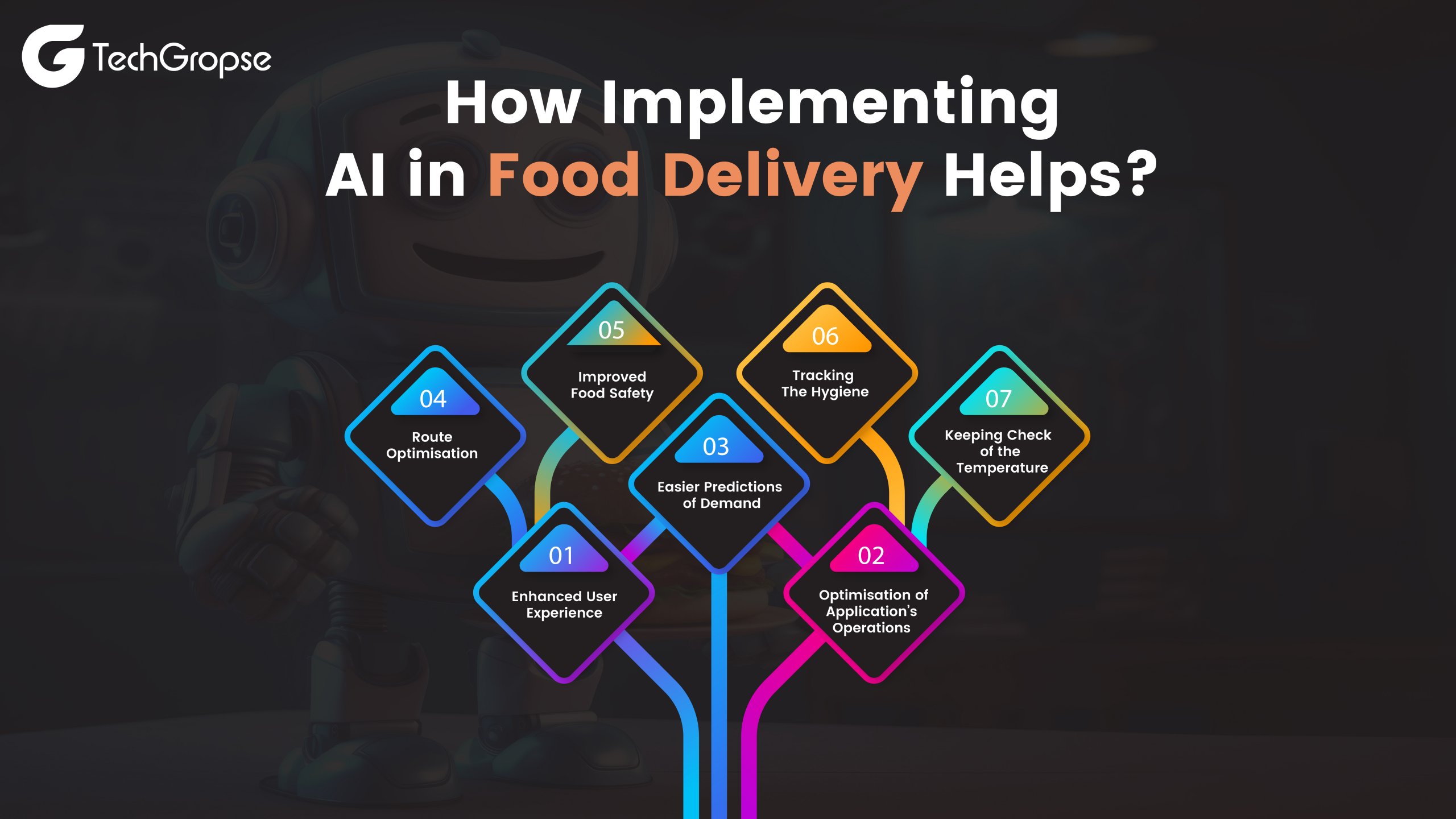
Implementation of AI into Food industry has been of benefit to many users across the country in its own ways. These benefits come in different forms but the most important one is the enhancement of user experience and how each user can find what they want with ease through these AI integrated mobile applications. Here are the benefits of using AI food delivery mobile apps –
1. Enhanced User Experience
AI significantly enhances the overall user experience in food delivery apps. Integrating visual recognition technology allows these apps to automatically identify dishes from images and suggest corresponding menu items, streamlining the ordering process.
This capability not only simplifies food selection but also enhances convenience, making the entire experience more seamless and user-friendly for customers. For businesses looking to maximise AI’s potential, leveraging such technologies can bring substantial improvements in efficiency and customer satisfaction within the competitive food delivery market.
2. Optimisation of Application’s Operations
Artificial intelligence revolutionises the operations of food delivery apps by enhancing efficiency and profitability. AI achieves this by implementing pricing strategies that adjust rates based on supply and demand fluctuations, such as during bad weather or peak hours, ensuring a steady flow of deliveries while optimising revenue.
Additionally, AI enables precise demand predictions by analysing historical data, local events, and weather conditions, thereby reducing food wastage and efficiently managing resources. Furthermore, AI-driven route optimization algorithms analyse real-time traffic and delivery parameters to determine the most efficient routes, minimising delivery times and operational costs for enhanced overall efficiency.
3. Easier Predictions of Demand
Food delivery apps employ AI to comprehend demand patterns and dynamically adjust inventory and staffing levels. By harnessing machine learning algorithms, these apps analyse historical data alongside local events and weather conditions to forecast demand accurately.
This proactive approach not only minimises food wastage but also optimises resource allocation effectively. By integrating AI-driven insights, businesses can enhance operational efficiency and responsiveness, ensuring they meet customer demand while maintaining cost-effectiveness in a competitive market landscape.
4. Route Optimisation
AI-driven algorithms analyse real-time traffic, delivery locations, and road conditions to optimise routes for delivery partners. This strategic approach minimises delivery times, reduces fuel consumption, and enhances overall efficiency in the delivery process.
By leveraging AI, businesses can streamline operations, improve customer satisfaction through timely deliveries, and achieve significant cost savings through optimised logistics management. This integration of advanced technology not only meets the demands of modern delivery services but also ensures sustainable and efficient operations in a competitive market landscape.
5. Improved Food Safety
Food safety remains an important aspect of any food delivery app. AI plays a pivotal role in ensuring the delivery of safe and high-quality food to customers. Using AI, particularly through cameras equipped with computer vision algorithms, enables real-time monitoring and enforcement of hygiene standards in food preparation areas.
These AI systems can detect issues such as improper hygiene practices, like employees not wearing gloves or washing hands, and promptly alert management for immediate corrective action. This proactive approach helps maintain strict hygiene protocols, thereby enhancing overall food safety standards within the app’s operations.
6. Tracking The Hygiene
Artificial intelligence offers solutions for monitoring and ensuring hygiene standards in food preparation areas. By installing cameras equipped with AI-powered computer vision algorithms, businesses can detect and address unhygienic practices such as improper glove use, uncovered heads, and inadequate handwashing.
This technology alerts management promptly, enabling swift corrective action to maintain stringent hygiene protocols. Implementing AI in this manner enhances food safety measures effectively and ensures compliance with regulatory standards, fostering a healthier and safer environment for both staff and customers alike.
7. Keeping Check of the Temperature
AI-driven sensors monitor food temperature throughout delivery, ensuring safety standards are met. Should temperatures deviate from the optimal range, alerts prompt immediate action by notifying both drivers and restaurants.
This proactive approach helps maintain food quality and safety, enhancing customer satisfaction by ensuring meals arrive in optimal condition. Such technology not only streamlines operations but also underscores the role of AI in guaranteeing consistent service excellence and reliability within the food delivery industry.
Ai in food delivery Use Case Examples
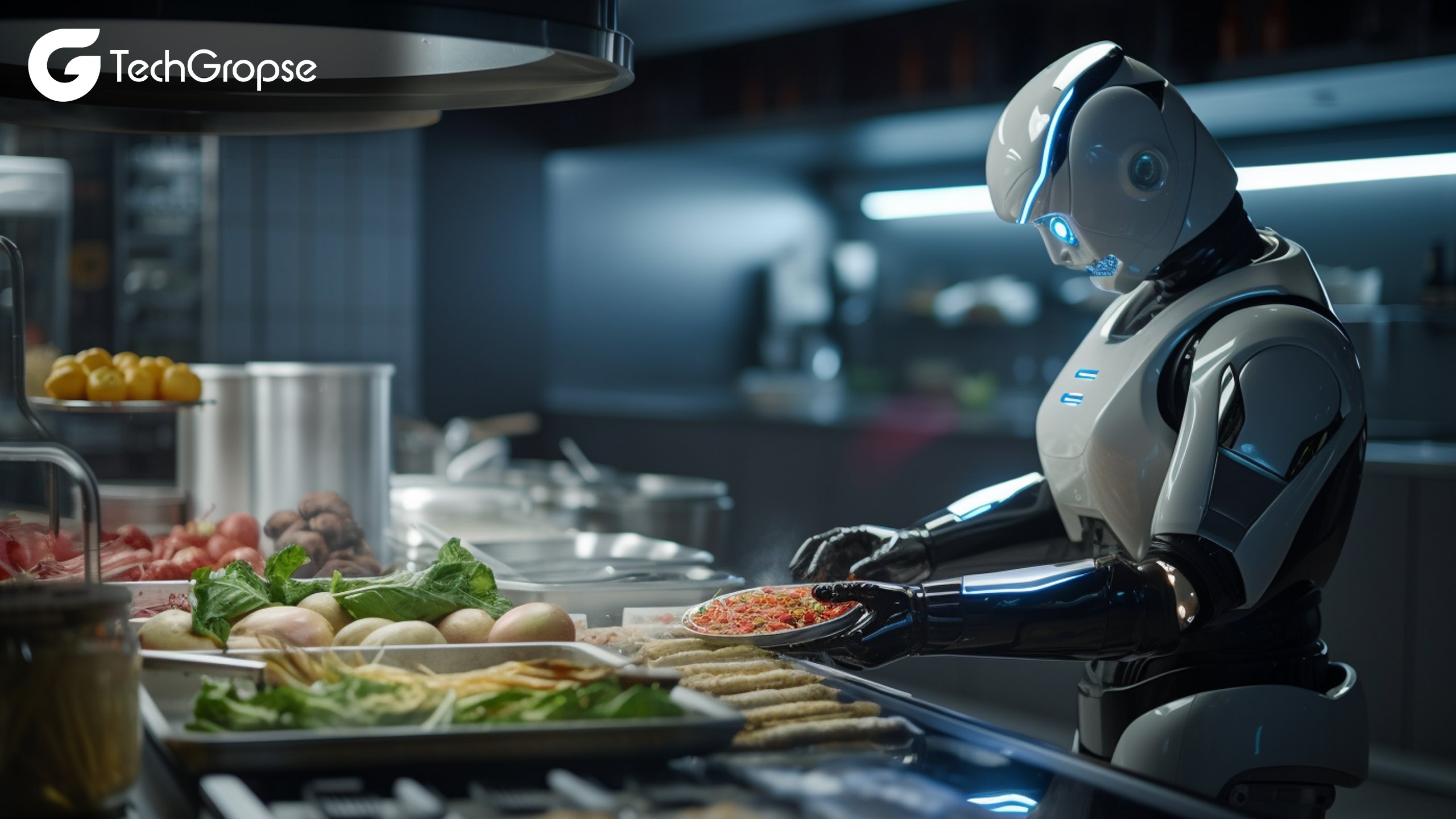
Imagine the transformative impact of integrating AI into the food delivery industry, offering consumers two distinct main features: group ordering with bill splitting capabilities, and the option to donate to charity foundations. This innovative software is designed to facilitate large meal orders for parties and cater to businesses and business owners seeking daily office deliveries.
Businesses can easily place orders for their staff directly through the app, ensuring efficient and convenient meal management. Simultaneously, individual users, irrespective of corporate affiliations, can also utilise the app to enjoy its comprehensive features.
Moreover, with every group meal purchase made through the app, a nominal fee is automatically directed towards charitable organisations dedicated to combating food insecurity, both locally and globally. This dual functionality not only enhances convenience and efficiency in meal management but also fosters social responsibility by contributing to important societal causes through everyday transactions.
Challenges of AI In Food Industry
The integration of ai robot food delivery sure has some challenges of its own. It is not always easy to bring technology into any industry, it has its own difficulties adding a problematic factor into the development of the application. Here are some challenges mentioned that AI in the food industry has faced or are facing today as well
1. Quality of The Data and its Availability
AI relies heavily on extensive, high-quality datasets to operate effectively. However, data collection within the food industry often faces challenges due to inefficiencies. Factors such as diverse farming practices, varying weather conditions, and the nature of products contribute to inconsistencies in statistical data.
Additionally, some companies may hesitate to disclose proprietary recipes or detailed food production methods, further complicating data collection. Overcoming these problems is important for AI to deliver accurate insights and innovations that can analyse operations across the food supply chain.
2. Transparency
AI-integrated food delivery apps operate like nothing in the market, generating outputs without transparently revealing their decision-making processes. This lack of clarity poses significant implications for food safety. For instance, when AI identifies potential food safety risks, comprehending the rationale behind these alerts becomes crucial. This understanding is essential for implementing corrective measures and upholding consumer trust.
Thus, ensuring transparency in AI algorithms within food delivery systems is a significant decision not only for maintaining safety standards but also for bringing confidence among consumers in the reliability and integrity of these technological solutions.
3. Skilled Workforce Gap
Integrating AI effectively demands a specialised workforce adept in data science, AI technologies, and food production. According to the Food delivery App Development company, bridging the gap between the existing workforce and the requisite skills for AI integration presents a difficult challenge.
Businesses are increasingly recognizing the need for professionals who can integrate AI to enhance food production processes, ensuring efficiency and innovation in an evolving industry landscape. This necessitates strategic investments in training and recruitment to cultivate a workforce capable of harnessing AI’s transformative potential in optimising food service operations and meeting consumer demands effectively.
4. Ethical Considerations
The emergence of generative AI in food ordering software raises ethical concerns, particularly regarding bias. For instance, personalised meal recommendations by AI could potentially reinforce unhealthy eating habits within certain demographics.
Moreover, there is a critical need to ensure that AI implementations do not motivate existing disparities within the food system. Addressing these challenges involves an oversight and the development of inclusive algorithms that prioritise nutritional balance and equitable access to diverse food options, thereby promoting positive dietary behaviours across all user demographics while checking up any potential impacts on any groups.
5. Regulatory Compliance
The evolution of AI presents challenges in establishing comprehensive regulations. These concerning food safety and consumer protection needs continual adaptation to address potential risks from AI-driven processes. On demand delivery app development providers are tasked with ensuring that food delivery apps adhere to evolving regulations while upholding important safety standards.
This requires ongoing observation and proactive measures to safeguard consumer welfare and maintain compliance with regulatory frameworks that are responsive to technological advancements in the food service industry.
6. Cost of Implementation
Integrating AI into food delivery apps can incur substantial costs, posing challenges for small and medium-sized food firms. These businesses may find it difficult to allocate resources for necessary infrastructure and skill development, looking at the technical divide between larger and smaller market players.
As a result, while AI offers significant advantages in enhancing operational efficiency and customer experience, its adoption may require strategic planning and investment management to ensure equitable access and competitiveness across the food delivery industry. The food delivery app development cost is higher, and one is completely based on the number of features you add into your application.
7. Job Displacement
AI-driven automation has the potential to lead to job displacements within specific sectors of the food industry. While app development companies acknowledge that AI can create fresh avenues, there is a pressing need for strategies to assist workers whose livelihoods are impacted by technological advancements.
It’s crucial to develop supportive measures that mitigate the potential challenges posed by automation, ensuring a balanced approach that harnesses the benefits of AI while safeguarding the well-being of the workforce affected by these changes.
Final Thoughts
Imagine creating a food delivery experience so seamless it feels almost magical—now a reality with AI. Integrating artificial intelligence into food delivery apps transforms this vision into practical benefits: faster deliveries, optimised routes, enhanced operational efficiency, and ensured food safety. Personalised recommendations further enrich customer satisfaction and business success.
Clients attest to the trust-building and sales-driving impact of these innovations. Ready to upgrade your mobile app? Schedule a meeting with our experts at the Food delivery App Development company to explore the transformative benefits of AI and data science, all packaged in an affordable food delivery app solution tailored to fit your needs.
Why Choose Us?
TechGropse is a leading on demand delivery app development company with experts and experienced professionals guiding their clients through the best for their application. Whether you are looking forward to finding the best features for your application or need some advice for your business, we are always here to help you through.
Our team members are available at all times according to your time zone and requirements of the project. We discuss the strategies and keep in check with the clients through the completion of the project.
FAQs
1. What is the Automated Recommendations feature in Food Delivery Apps?
Automated Recommendations in Food Delivery Apps leverage AI to suggest food items or restaurants based on user preferences, order history, location, and other relevant data. This feature enhances user experience by providing personalised choices, streamlining decision-making, and increasing customer satisfaction.
2. How Does AI in the Food Delivery Industry Benefit Restaurants and Food Providers?
AI benefits restaurants in the food delivery industry by targeting potential customers effectively, leading to increased orders and revenue. It also helps optimize menu offerings based on consumer preferences and market trends, thereby improving operational efficiency and profitability.
3. How Much Does it Cost to Develop a Food Delivery App?
Developing a food delivery app’s cost varies widely based on complexity, features, platform choice, and development location. Basic apps can start around $8,000, while more advanced applications with additional functionalities may cost upwards of $25,000, encompassing design, development, testing, and compliance expenses.
4. Can AI Assist with Regulatory Compliance in the Food Sector?
AI plays a crucial role in enhancing regulatory compliance within the food sector. It can analyse complex regulations, detect potential hazards, and automate compliance checks on labels and documentation. This capability allows human experts to focus on addressing intricate regulatory issues and ensuring food safety standards are met efficiently.

Hello All,
Aman Mishra has years of experience in the IT industry. His passion for helping people in all aspects of mobile app development. Therefore, He write several blogs that help the readers to get the appropriate information about mobile app development trends, technology, and many other aspects.In addition to providing mobile app development services in USA, he also provides maintenance & support services for businesses of all sizes. He tried to solve all their readers’ queries and ensure that the given information would be helpful for them.






